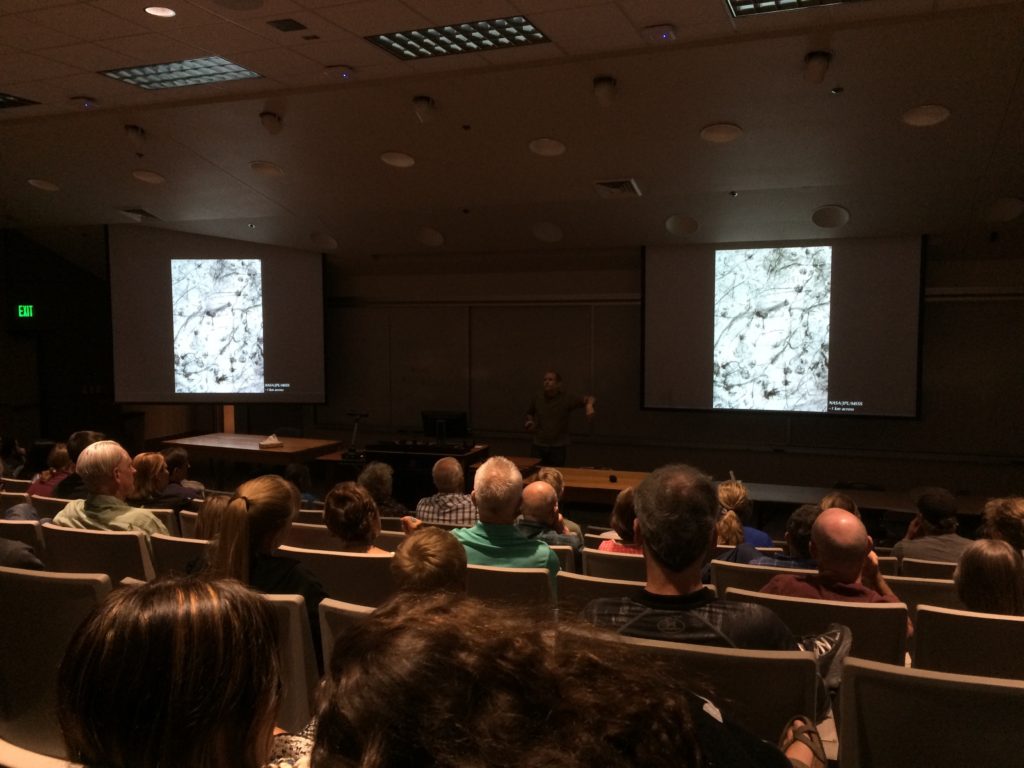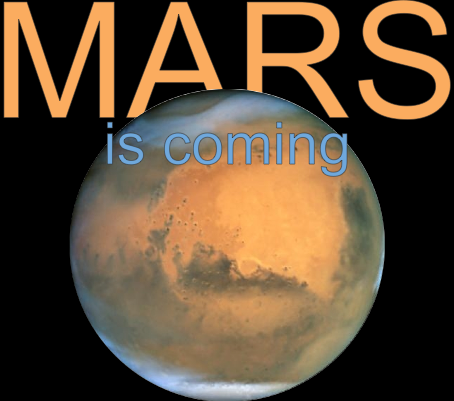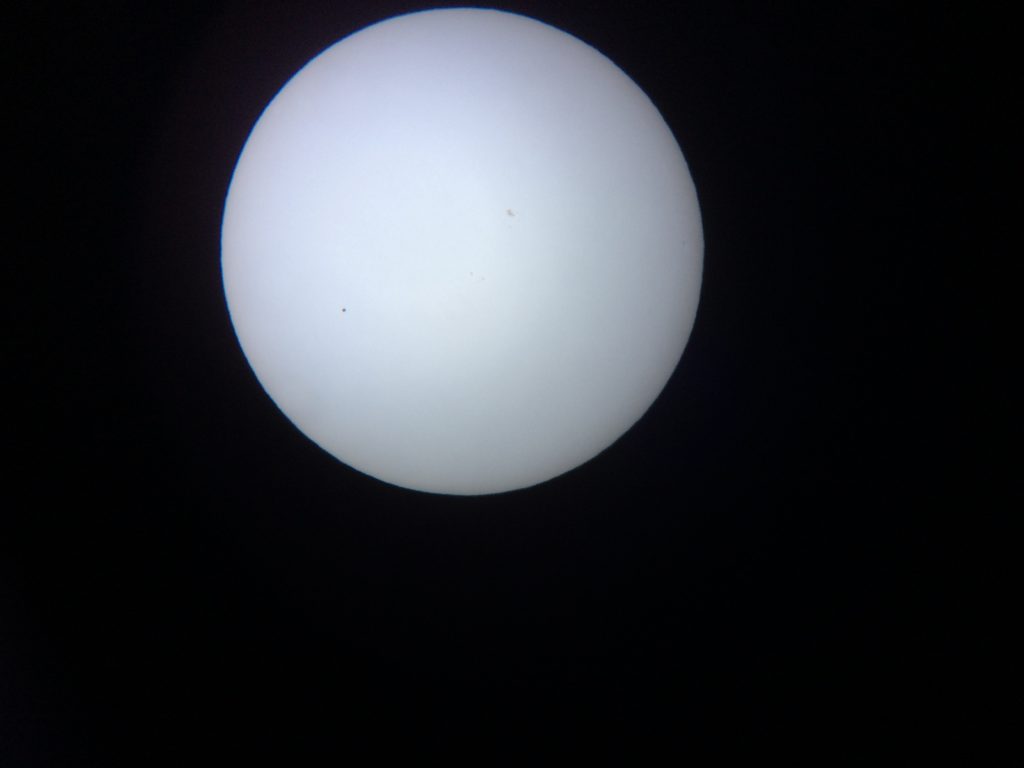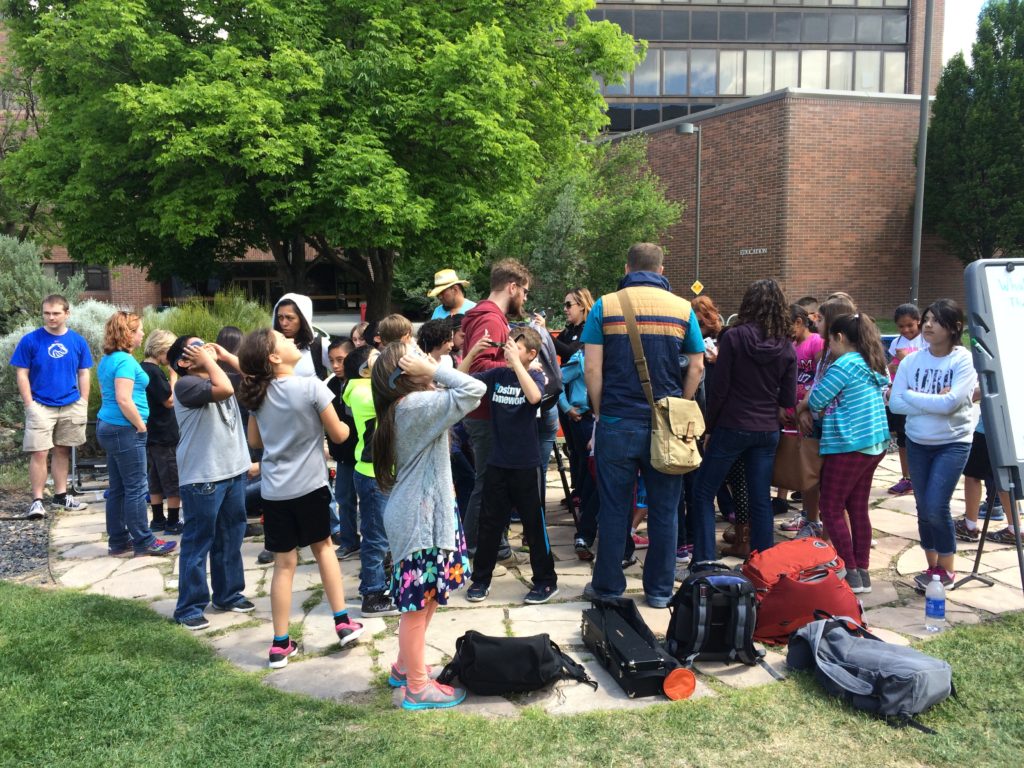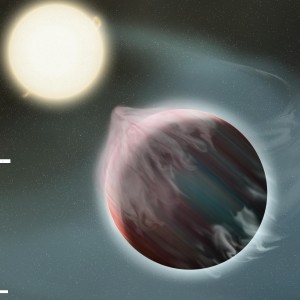
Artist’s conception of tidal disruption of a gas giant planet.
In the last few decades, astronomers have discovered thousands of extrasolar planets, and there seems to be, on average, one planet for every star in the galaxy. Some of the planets are like those in our solar system, but many are not.
In fact, there’s a huge number of gas giant planets, like Jupiter, but on such short-period orbits they are nearly skimming the surfaces of their stars. These hot Jupiters are actually so close to their host stars, they are in danger of being torn apart by the stars’ gravity.
In a study just accepted for publication, my research group investigated what happens to a giant planet when it is ripped apart. We found that, over a few billion years, these planets can lose their entire atmospheres, leaving behind the little rocky core deep in the planet’s interior.
It also turns out that, as the planets lose their atmospheres, they can also get pushed out away from the star, and our study found that how much the planet gets pushed out depends pretty sensitively on the size of the rocky core.
That’s pretty neat because it means we can compare the masses and orbits of known rocky exoplanets to what we would expect if those little planets were actually the fossil cores of bigger gas giants that had their atmospheres ripped off.
The figure below shows how the current orbital periods of known planets P compares to what we’d expect if they were fossil cores, P_(Roche, max). In some cases, there’s a decent match, but in lots of cases, there’s not. So we’ve still got some work to do.
 Our guest speaker, Dr. Josh Bandfield, gave a great talk about the latest results from Mars.
Our guest speaker, Dr. Josh Bandfield, gave a great talk about the latest results from Mars.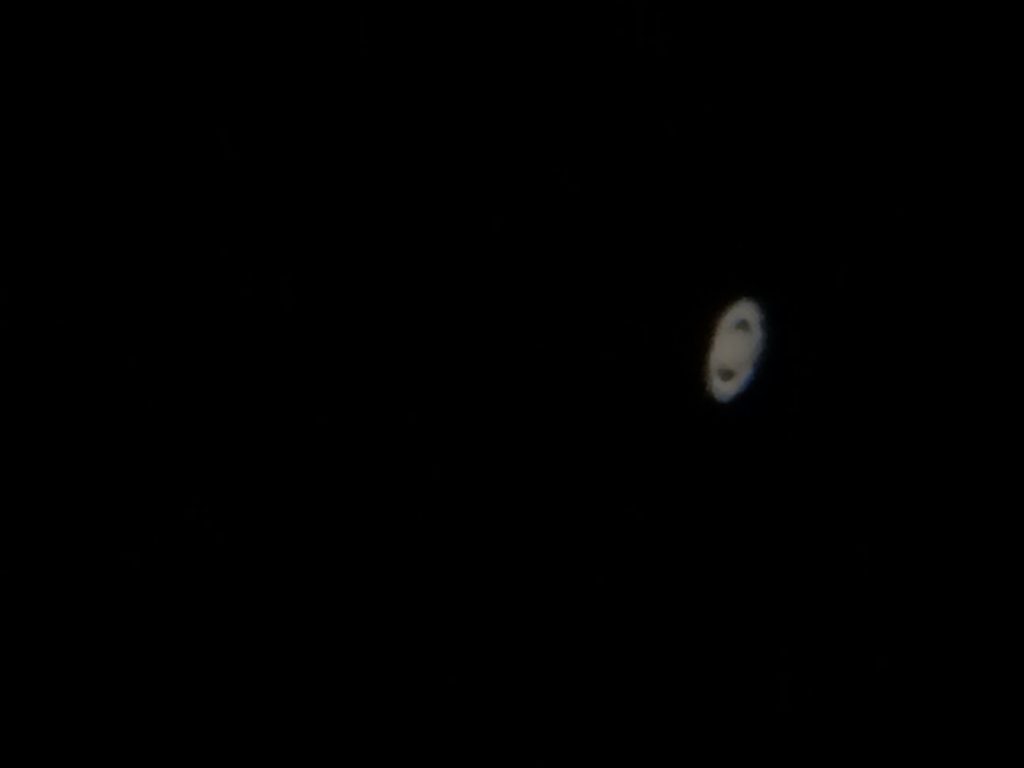 We got some great press, including from KIVI-TV.
We got some great press, including from KIVI-TV.